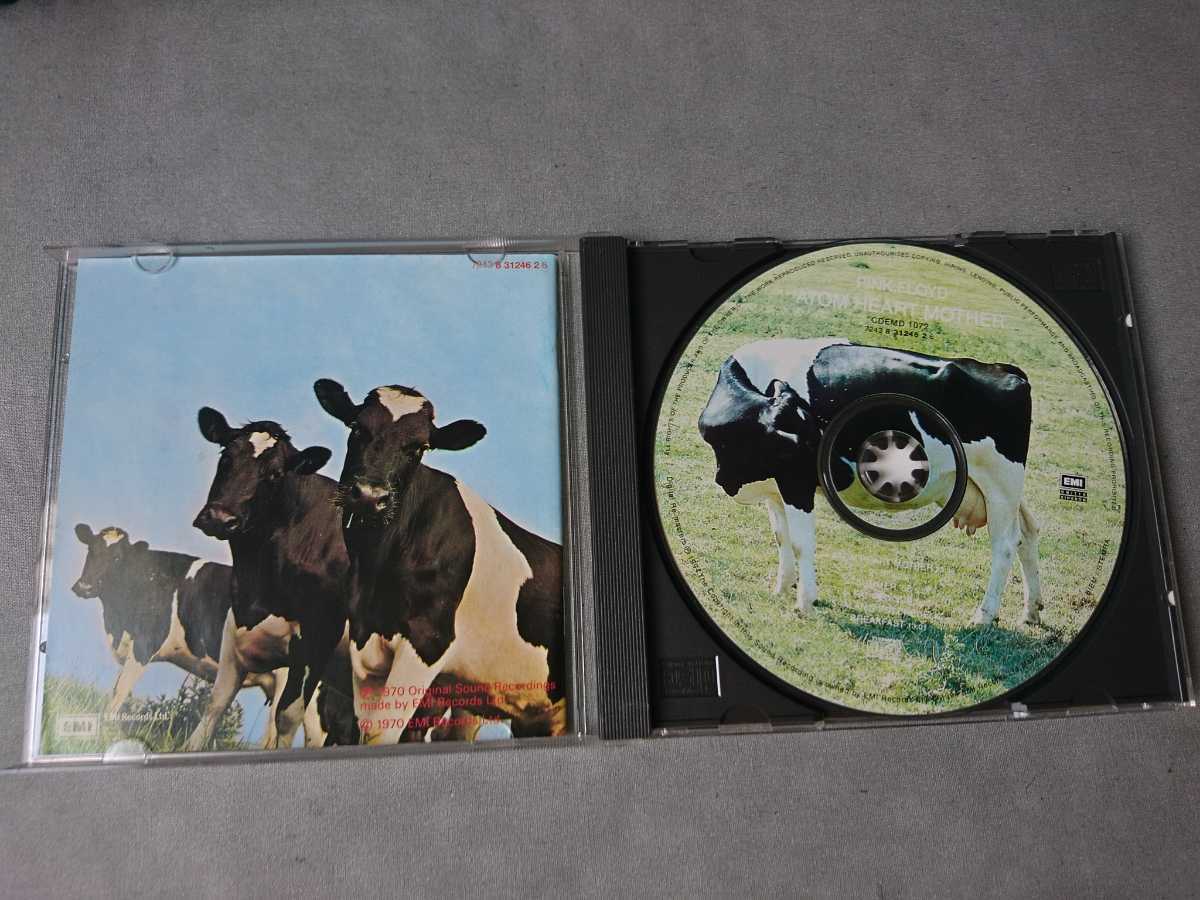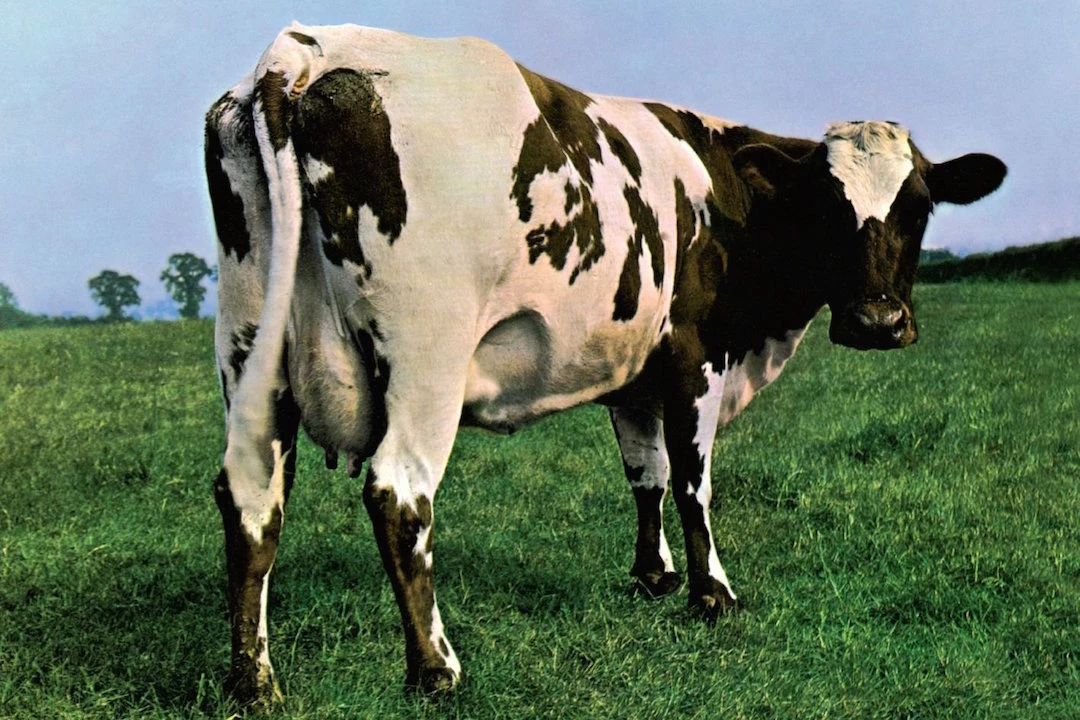


The rock band returns in the lengthy section’s final minute, providing much-needed relief. Here is the softest of these six passages. In Mother Fore, the choir sings as if in Mass, backed by Hammond B-3 organ. Gilmour’s slide guitar turns things back to rock, with the horns reasserting the suite’s theme. We hear horses and motorcycles moving through as the French horns play bravely on, establishing the “Atom Heart Mother” theme.īreast Milky offers a cello part, framed by Richard Wright’s loopy organ riff and a supple bass. French horns manage a woobly fanfare, soon set straight by a display of of Pink Floyd’s rock muscle. The suite consisted of six parts, the parameters of each on the fuzzy side:įather’s Shout sneaks in with 30 seconds of near-silence - a faint buzz. Other key instruments in the piece are French horns and cello. Of the Pink Floyd members, only Gilmour gets a solo section. Geesin arranged the work, calling in the John Aldiss Choir and an orchestral brass section, which collectively soared above the psychedelic band’s basic tracks of guitar, drums and keyboards. They turned to British avant-garde composer Ron Geesin, who’d done an offbeat side project with Waters. In 1970, Pink Floyd had been performing in concert an extended piece that would come to be variously known as “Theme From an Imaginary Western,” “Epic” and “Amazing Pudding.” Gilmour and Waters reportedly wanted to write a classically structured work around its themes, but came up frustrated. (Update: The album was rereleased as part of the 2011 Pink Floyd upgrades.) So of course plenty of Pink Floyd diehards love the “Atom Heart Mother” suite, all 24 minutes of it.

Rolling Stone agreed, calling the suite “awful schmaltzy” and “a step headlong into the last century … a dissipation of (Pink Floyd’s) collective talents.” Waters, creator of “ The Wall,” later suggested that the piece should “never (be) listened to by anyone ever again.” Guitarist David Gilmour called it “pretty horrible” - “absolute crap.” Roger Waters picked up a copy of the Evening Standard newspaper, in which he found a story about a woman about to receive a nuclear-powered pacemaker.Īnd so we have “Atom Heart Mother,” one of the band’s most-debated works, a sprawling suite that’s by turns exhilarating, monotonous, hypnotic, pretentious and primeval. Ron Geesin, who had influenced and collaborated with Waters, co-composed to the title track.Ĭontinue reading at Wikipedia.The year 1970 found Pink Floyd in search of a title for their latest musical exploration, a psychedelic suite of sorts. "A really awful and embarrassing record," said Waters.Ī remastered CD was released in 1994 in the UK and the US, and again in 2011. This was a trend that would continue on subsequent covers throughout the 1970s.Īlthough it was commercially successful on release, the band – particularly Roger Waters and David Gilmour – have expressed negative opinions of the album. The cover was designed by Hipgnosis, and was the band's first not to feature their name, or have photographs of them on any part of it. It was recorded at EMI Studios (now Abbey Road Studios) in London, and was the band's first album to reach number 1 in the UK, while it reached number 55 in the US, eventually going gold there. It was released by Harvest on 2 October 1970 in the UK, and by Capitol on 10 October 1970 in the US. Atom Heart Mother is the fifth studio album by the English band Pink Floyd.


 0 kommentar(er)
0 kommentar(er)
